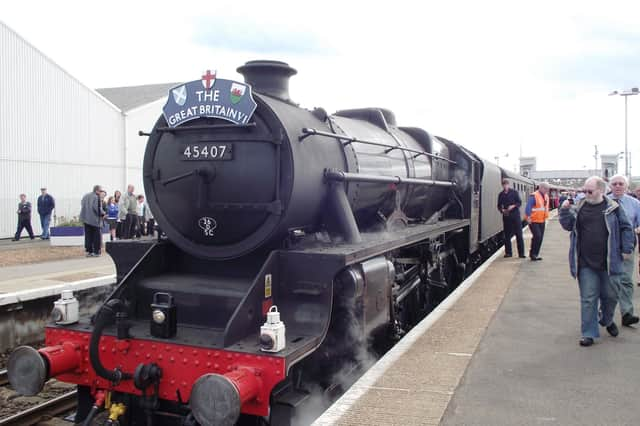Full steam ahead for unstoppable progress


Forward-thinking people were already describing “the power of steam as unlimited” as several engines came together to compete for the £500 prize on offer. Their optimism came from the fact that these contraptions were moving at as much as 32 miles in one hour!!!
There seemed to be no doubt from the report that this was indeed the future and that steam would soon be “propelling vehicles on public roads throughout the kingdom”. I can imagine many readers spluttering in their porridge at the thought that the horse could ever be replaced. Nevertheless, the paper reckoned that the nation was “on the verge of a new era – of social revolution of which imagination cannot picture the ultimate effects”.
Advertisement
Hide AdAdvertisement
Hide AdThe competition must have been an eyebrow raiser to the readers. The rules were basically simple – each locomotive had to pull a load of three times its own weight with its tender and the fuel and water carried taken as part of that load. The two main contenders were the Rocket, the invention of a Mr Stephenson of Newcastle, and Novelty, built by Messrs Braithwaite & Erickson of London.
The heavier Rocket pulled a carriage containing 36 passengers at a speed sometimes touching 28mph. Going uphill on an incline of 1 in 9 it pulled the same load at 12mph. The Novelty, the lightest competitor, pulled wagons and 45 passengers at 22mph, although going at its greatest speed, it travelled at the almost inconceivable rate of 32mph! Just to reassure readers the paper described the means of travel as not being “attended with the least danger”. Taking a speed of 20mph and 1 shilling (5p) for 15 miles by rail and the fare by stagecoach as 4d (1.67p) per mile they considered the journey between London and York. The coach journey took some 23 hours and cost £3 while the same journey by steam coach would take 10 hours and cost just 14/- (70p).
In a wonderfully futuristic sentence the writer reckoned; “If this is not absolutely annihilating time and space, it is abridging it both in a wonderful degree”. It concluded: ‘We in Angus will yet be able to reach Edinburgh in three hours’!